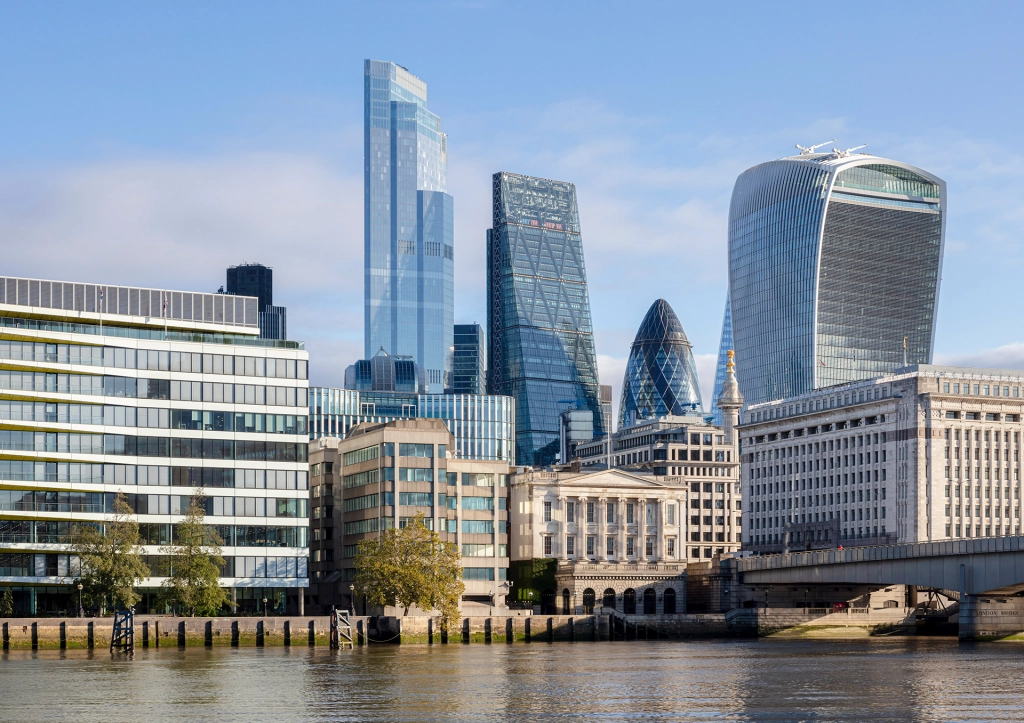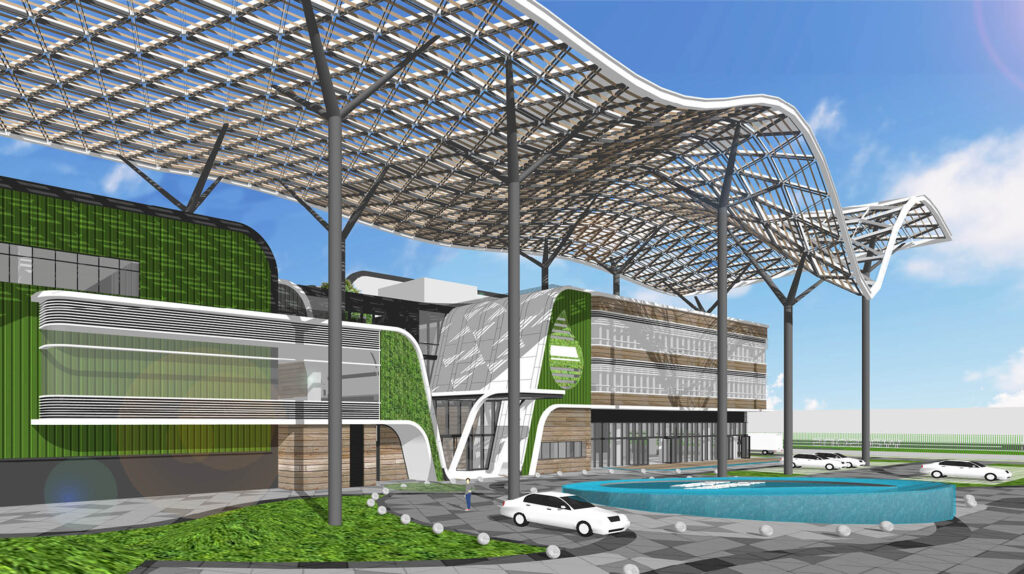As the UK intensifies its push toward a net-zero carbon future by 2050, 2025 is shaping up to be a pivotal year for the construction and real estate sectors. New building regulations and sustainability benchmarks are redefining how projects are designed, constructed, and maintained. For developers, staying ahead of these changes is not just about compliance—it’s about remaining competitive, future-proofing investments, and contributing to a low-carbon economy.
The Road to Net-Zero: Why It Matters
The built environment accounts for around 40% of the UK’s carbon emissions, making it a key target in the government’s climate strategy. In response, updated regulations and policy frameworks are being rolled out to ensure all new buildings are net-zero-ready by 2025, aligning with the broader goals of the UK’s Future Homes Standard and Future Buildings Standard.
Key Regulatory Updates in 2025
1. Future Homes Standard (FHS)
Effective from 2025, the FHS mandates that new homes produce 75–80% fewer carbon emissions than those built under 2013 standards. Key requirements include:
- No reliance on gas boilers—heat pumps or district heating systems are the new norm.
- Enhanced thermal performance and insulation standards.
- Higher air-tightness and mechanical ventilation with heat recovery (MVHR) systems.
2. Future Buildings Standard (FBS)
The FBS expands similar net-zero principles to non-domestic buildings, requiring:
- Improved energy performance metrics (using Primary Energy and CO₂ emission targets).
- Greater integration of renewable energy systems like solar PV.
- Smart metering and energy monitoring for commercial use.
3. Part L and Part F Revisions
As of 2025, updates to Part L (Conservation of Fuel and Power) and Part F (Ventilation) will enforce:
- Enhanced U-values for walls, roofs, and glazing.
- Tightened air permeability testing.
- Natural and mechanical ventilation standards that improve indoor air quality while reducing energy usage.
What This Means for Developers
✅ Design Innovation is Non-Negotiable
Developers must integrate sustainable design strategies right from the planning phase—this includes passive solar design, natural ventilation, and site-specific energy modeling.
✅ Upfront Costs, Long-Term Gains
While energy-efficient systems and materials may increase capital costs, the payback comes through lower operational costs, increased building value, and strong ESG (Environmental, Social, Governance) credentials.
✅ Material Choices Matter
Use of low-embodied carbon materials, such as timber, limecrete, or recycled steel, will become standard practice. Developers will need to justify material sourcing and carbon footprints through Lifecycle Carbon Assessments (LCAs).
✅ Planning Permission Tied to Sustainability
Local planning authorities are increasingly mandating sustainability performance as part of approval processes. Failing to meet net-zero benchmarks may result in denied permissions or project delays.
✅ Digital Tools Will Be Crucial
Tools like Building Information Modelling (BIM), Digital Twins, and SAP 10.2 compliance software will help streamline energy modeling, compliance checks, and stakeholder reporting.
🧮 Incentives and Penalties
- Incentives: Access to green financing, grants, and faster permitting for eco-compliant developments.
- Penalties: Financial penalties for non-compliance, increased scrutiny from investors, and reduced tenant interest in non-sustainable properties.
Conclusion
For UK developers, 2025 is more than a deadline—it’s a turning point. Embracing net-zero regulations today is an investment in tomorrow’s resilient, low-carbon, high-value built environment. Those who adapt early will not only stay compliant but also lead the industry in innovation and sustainable growth.


